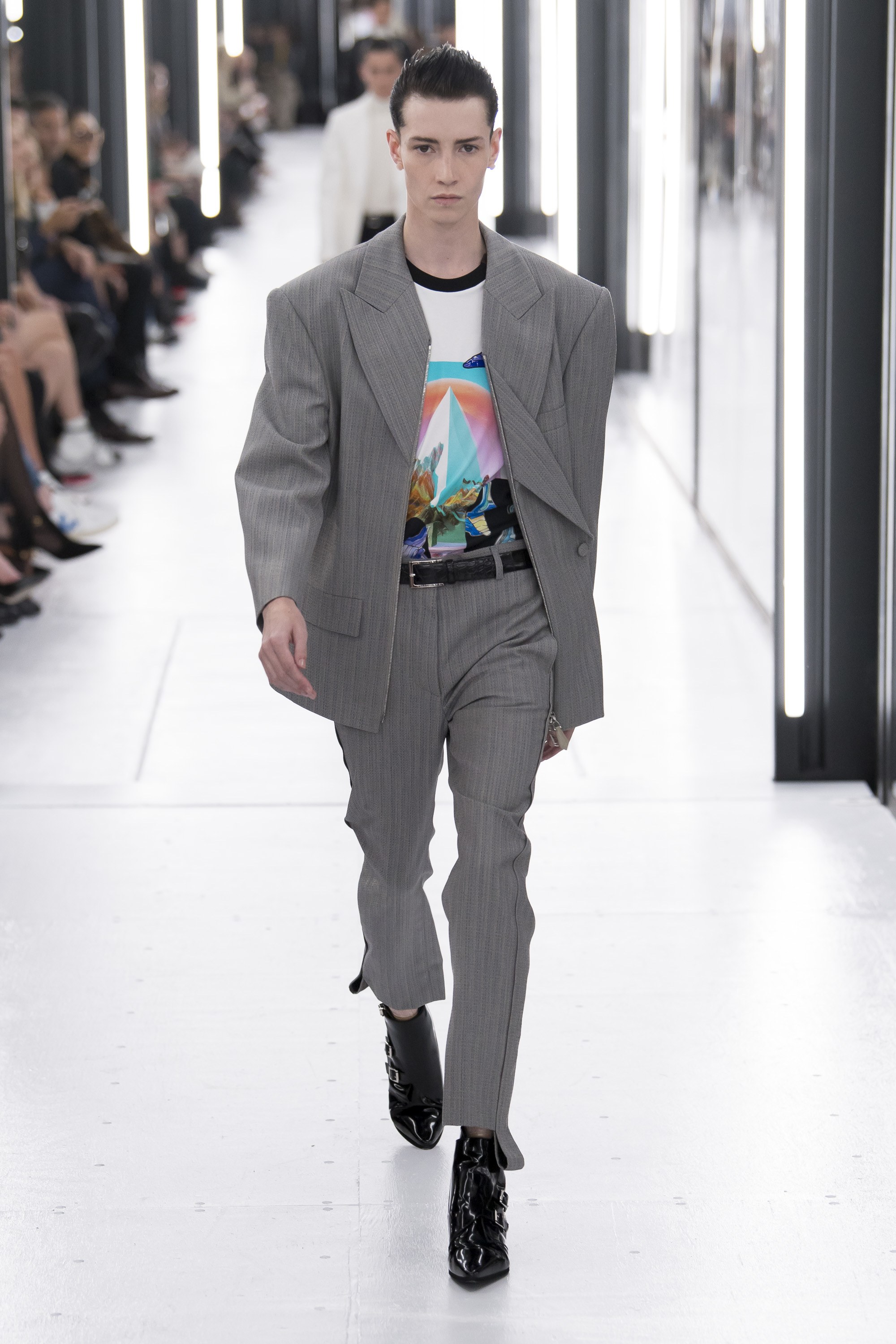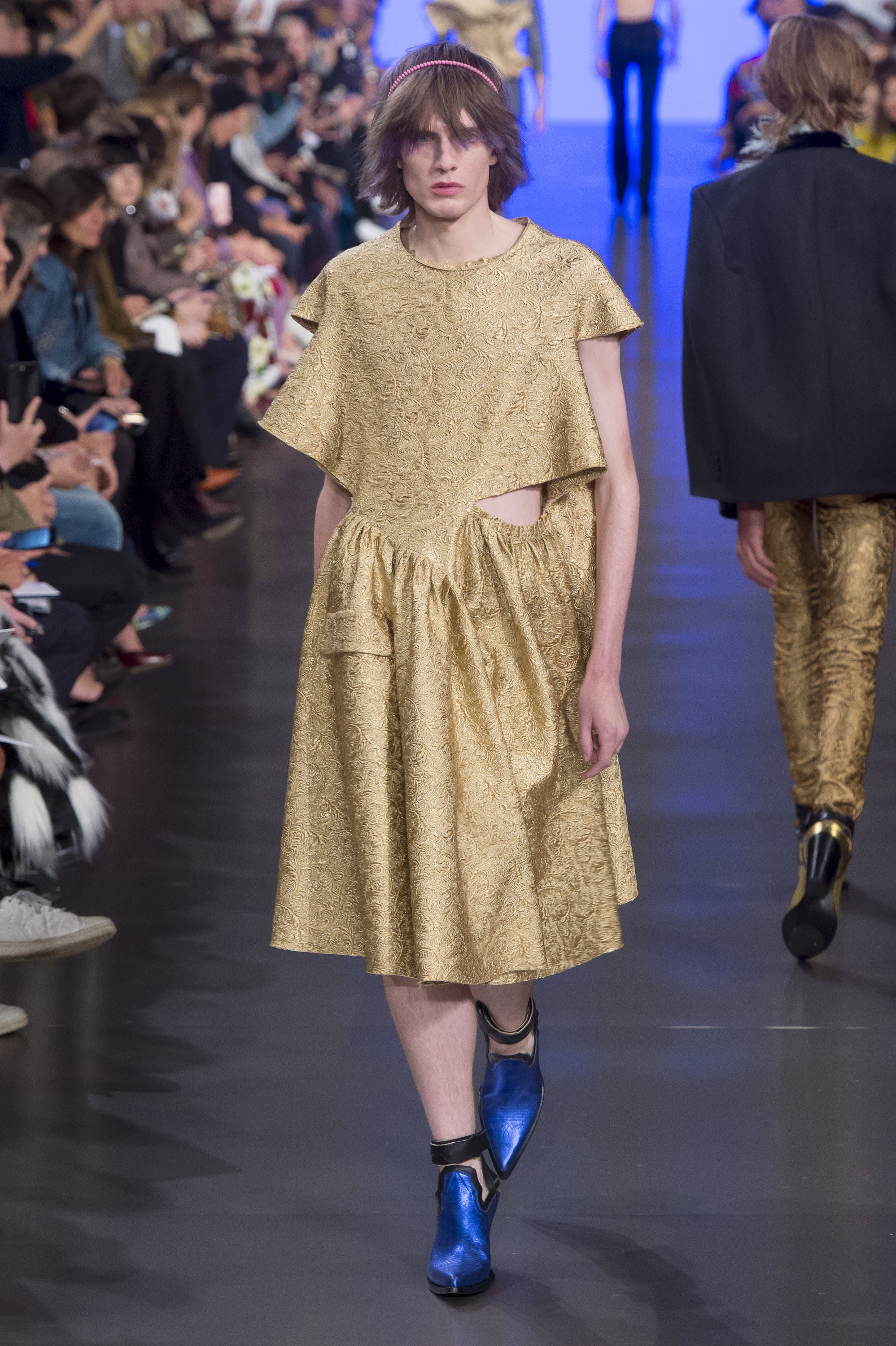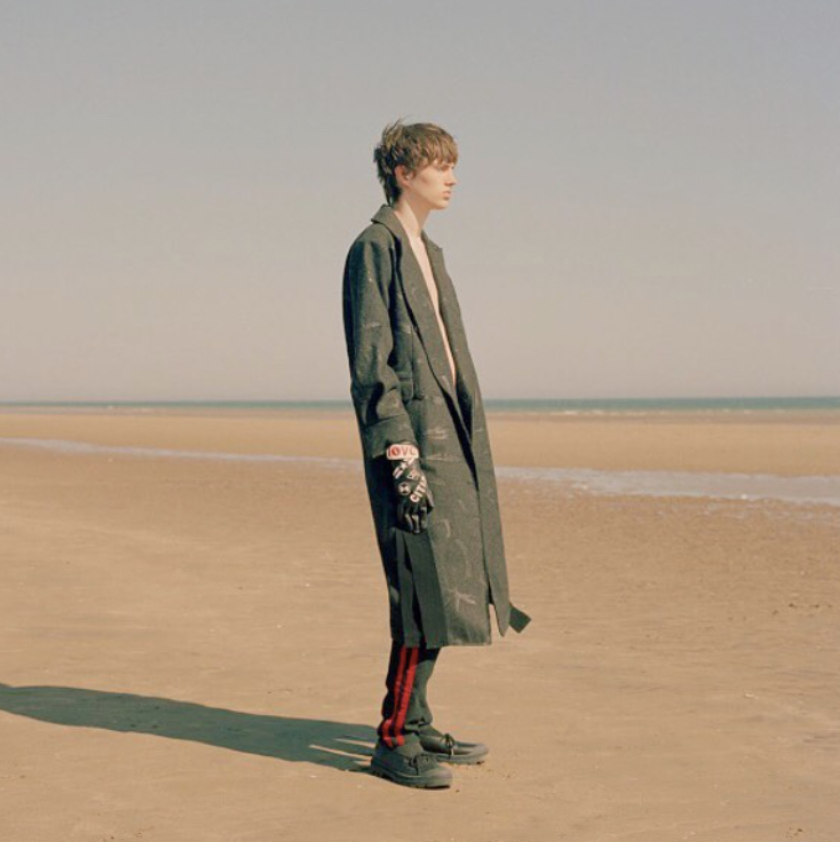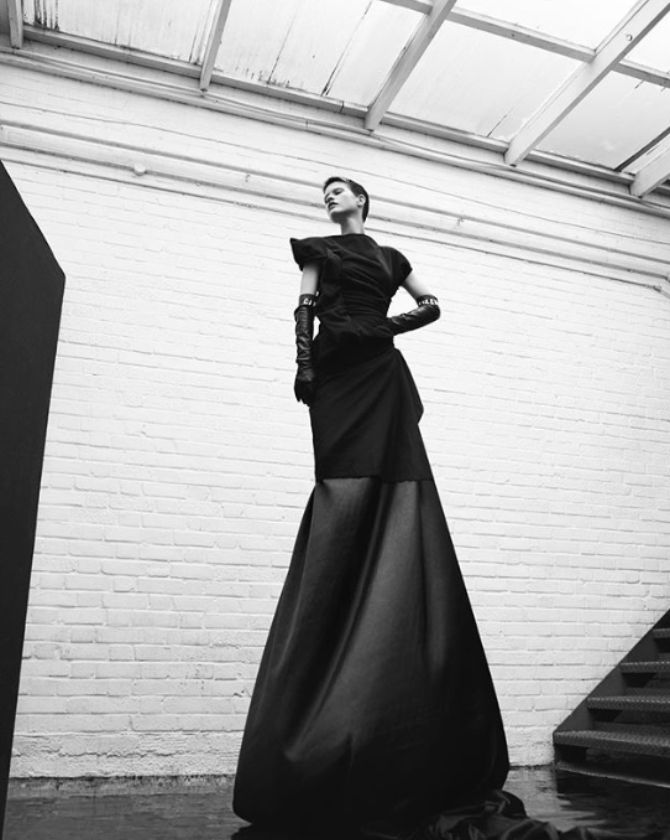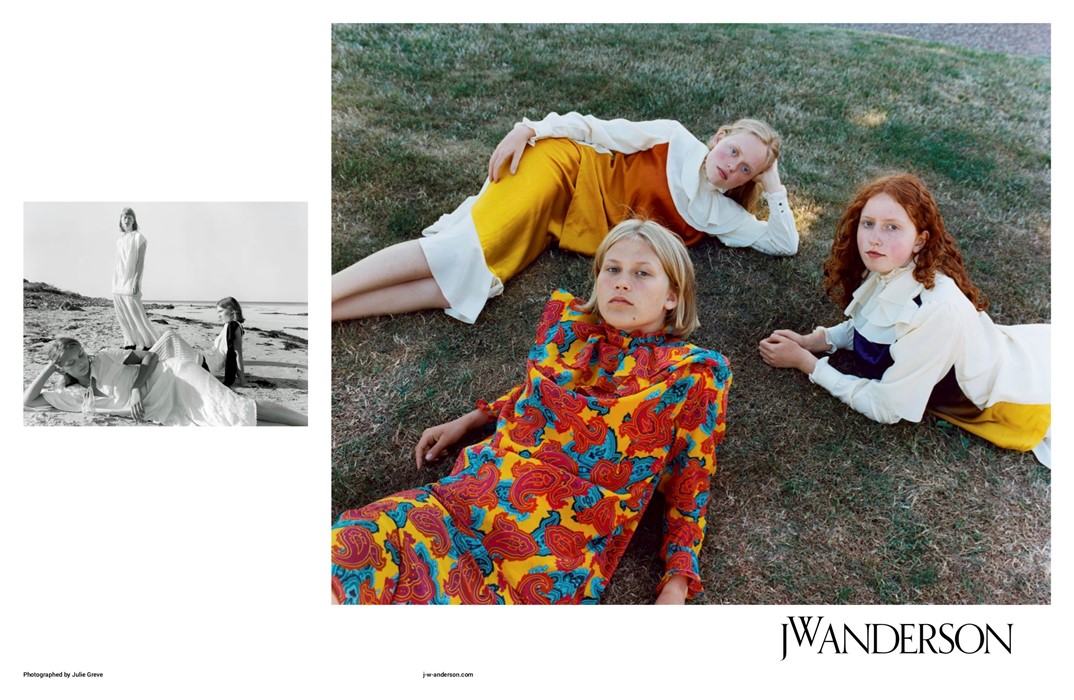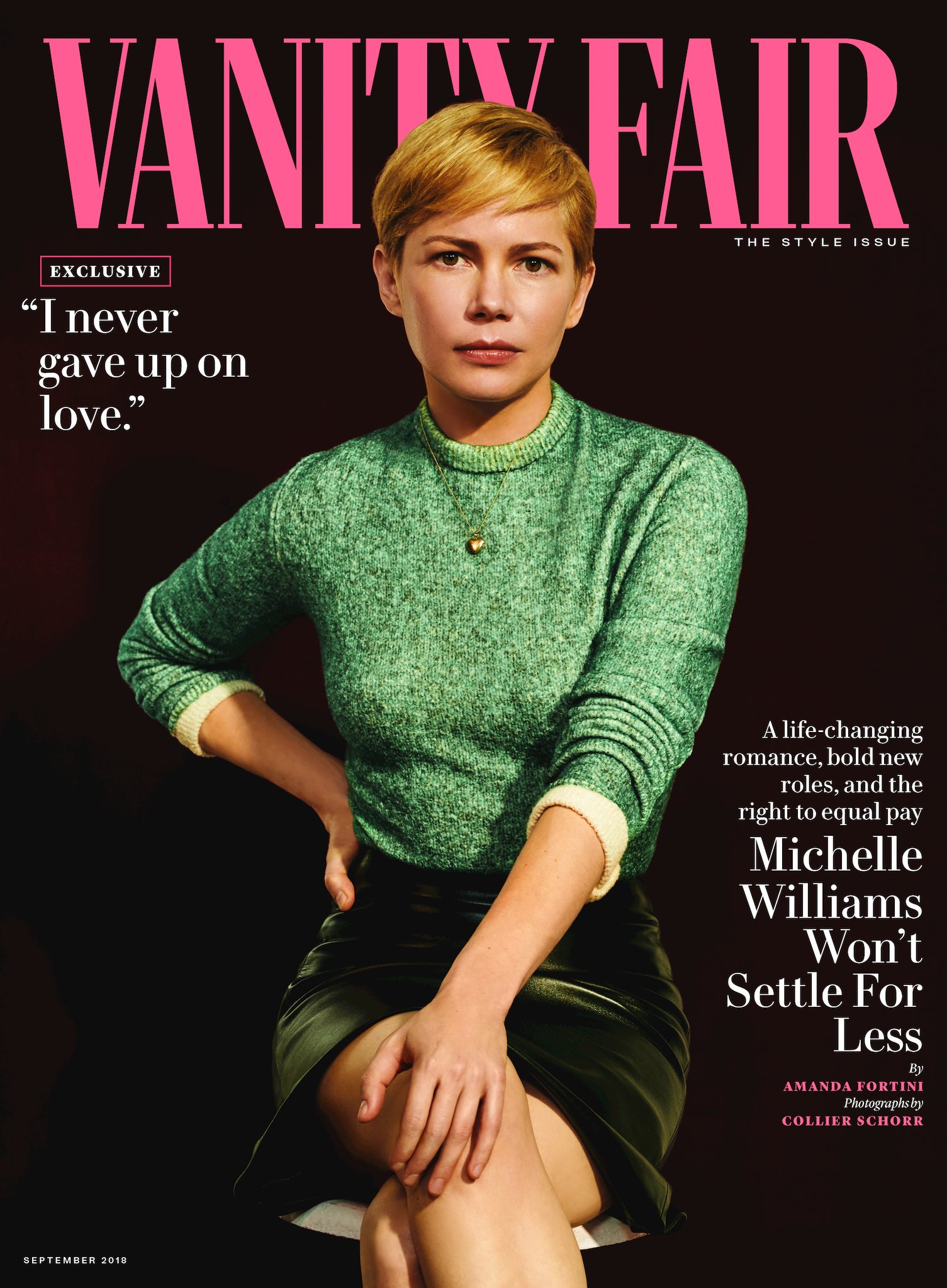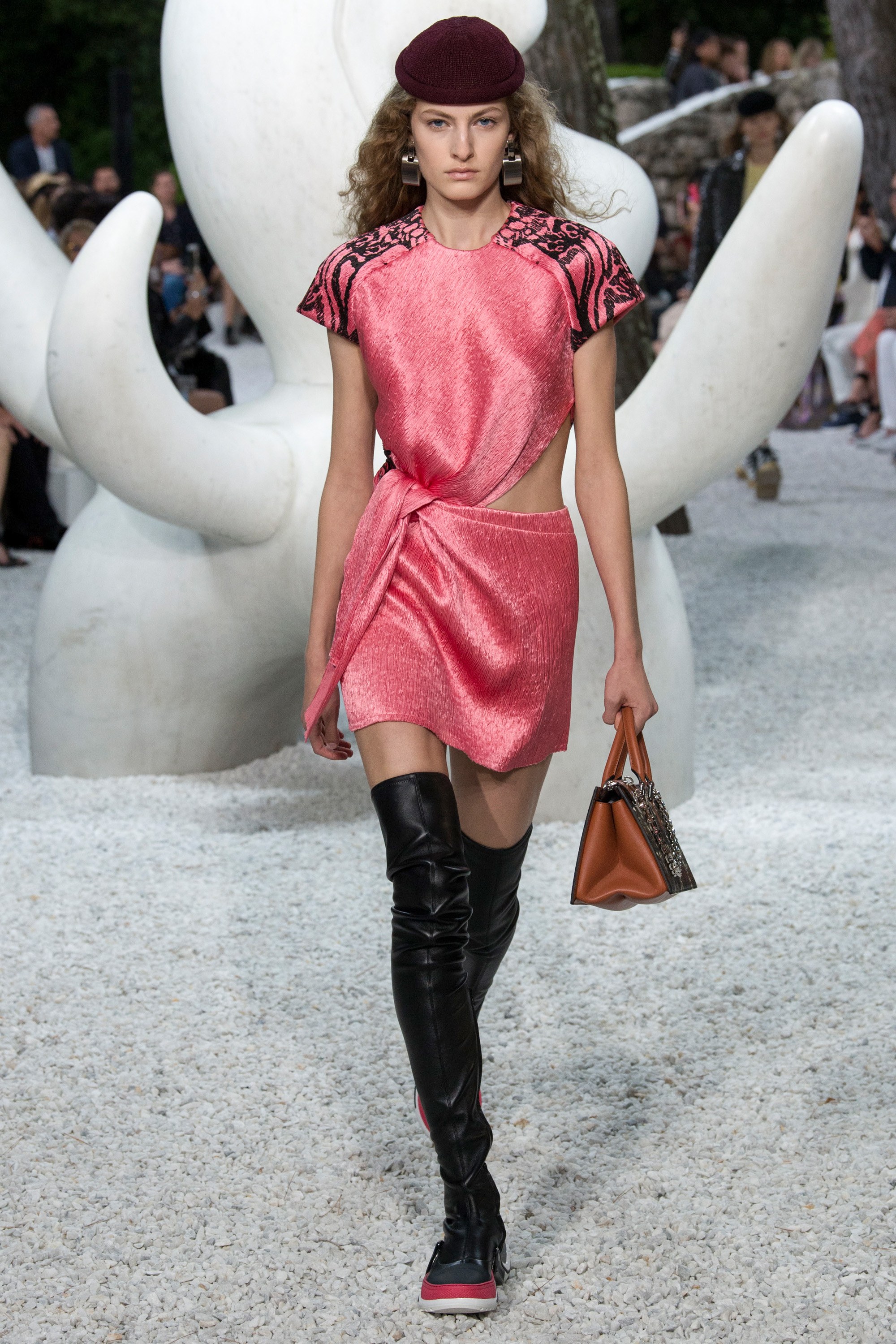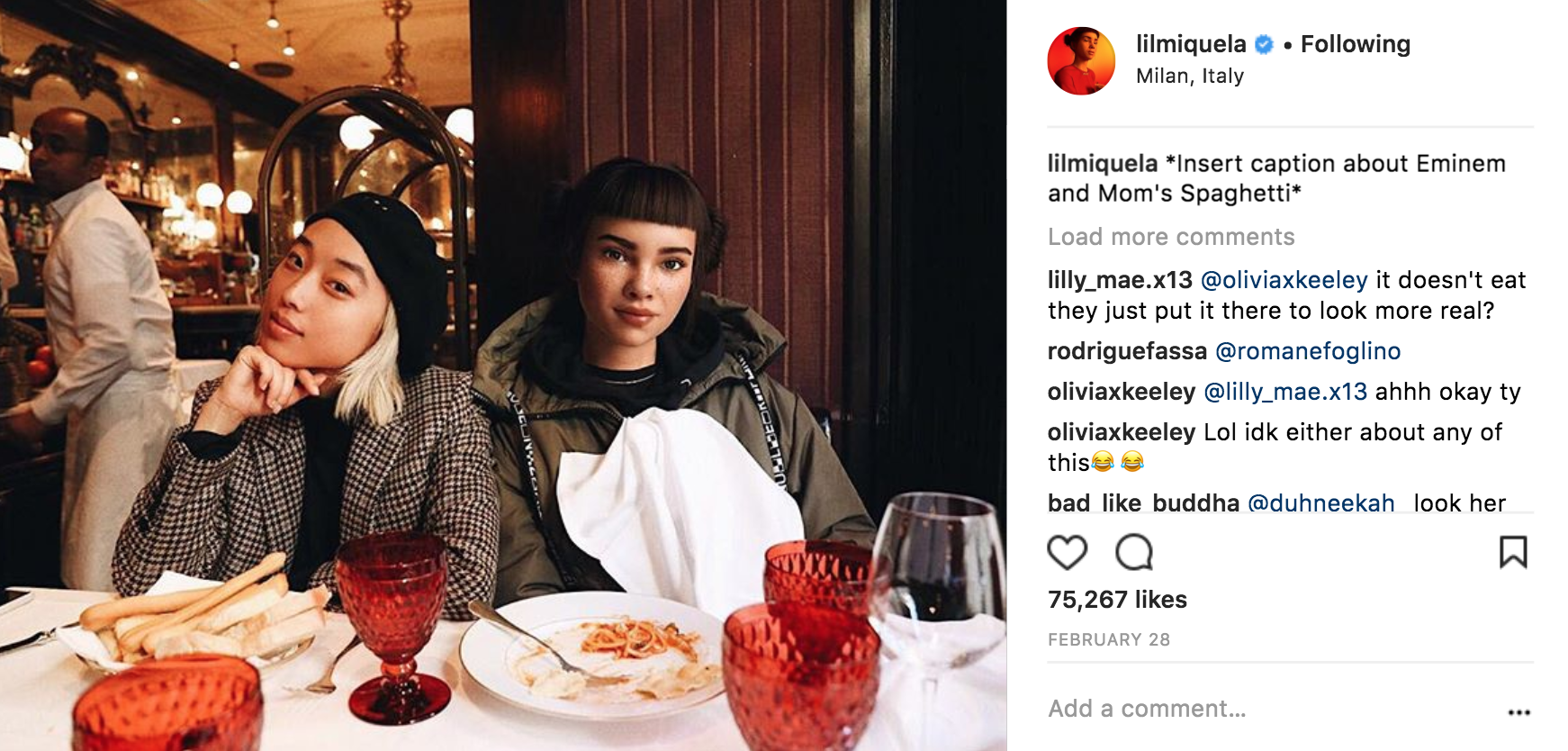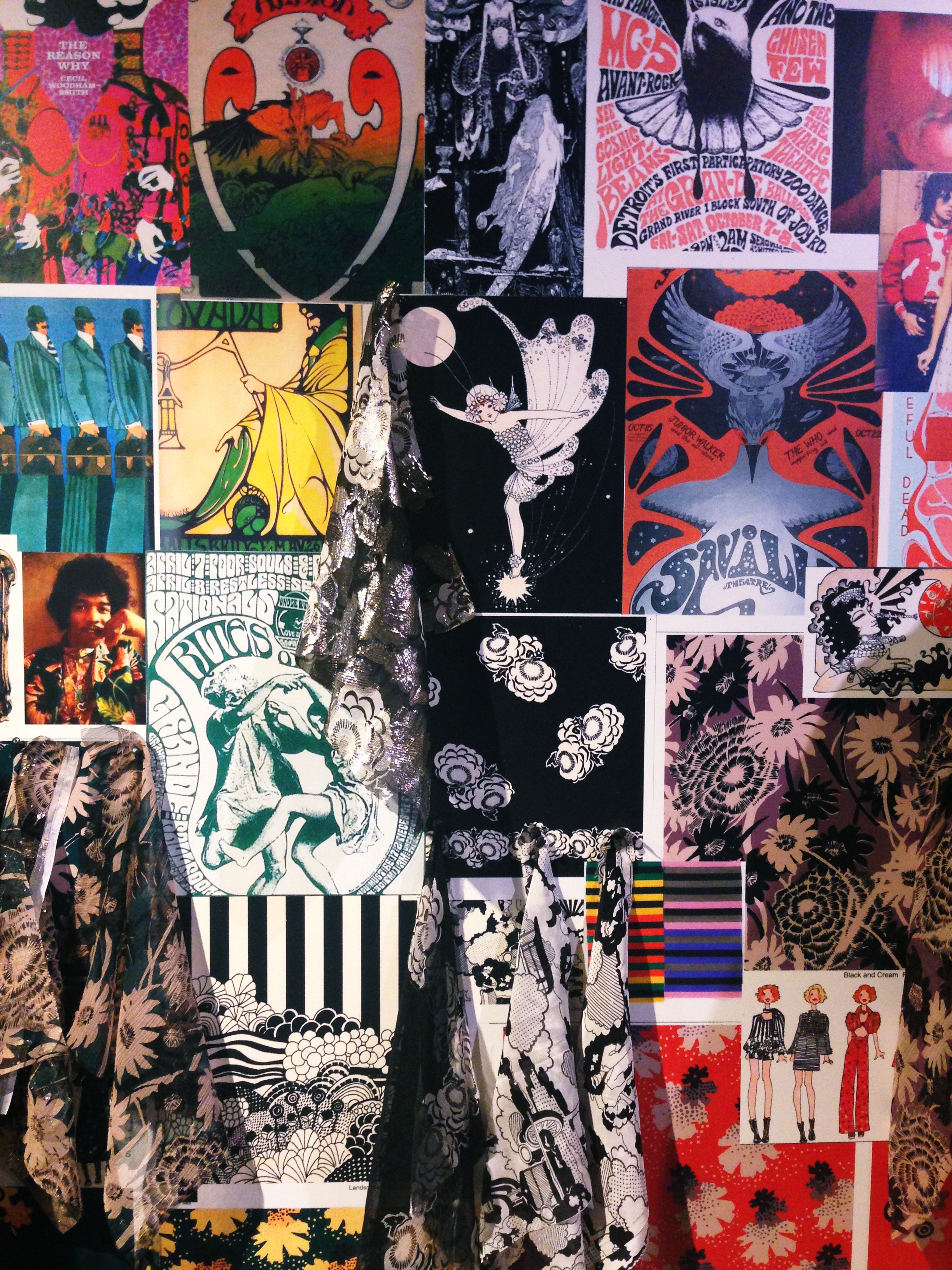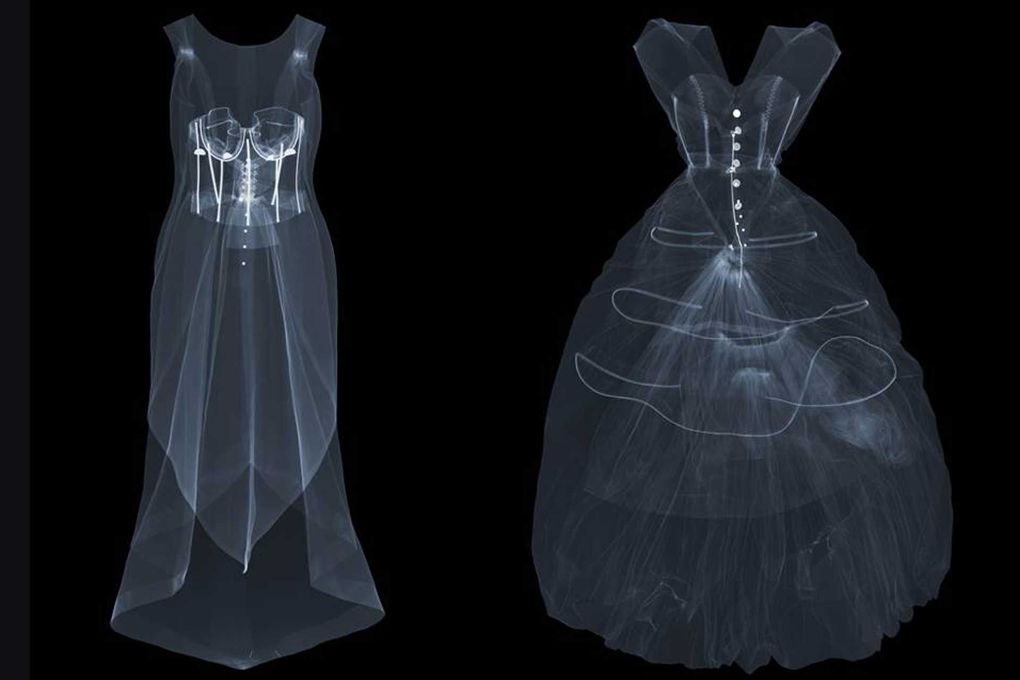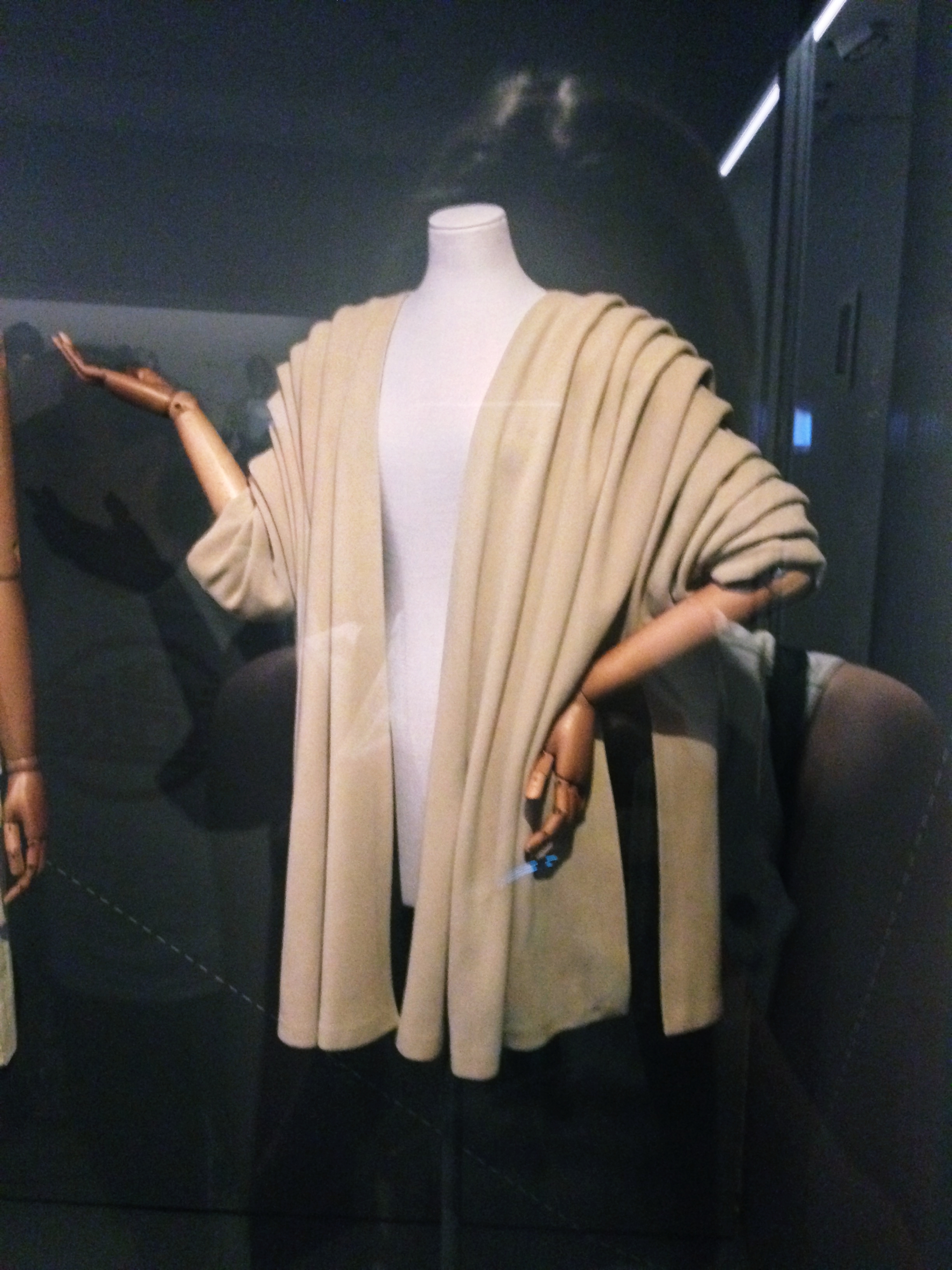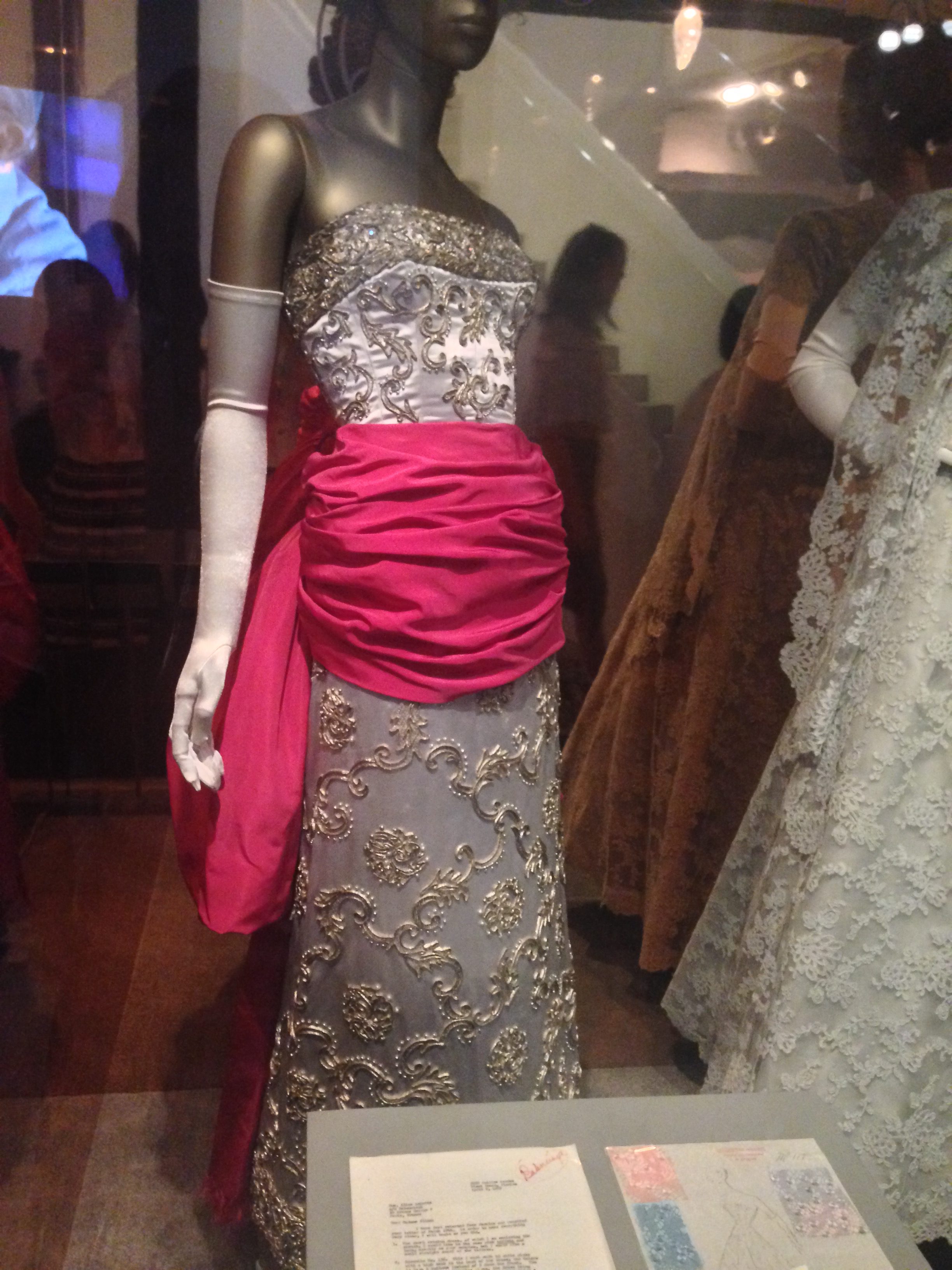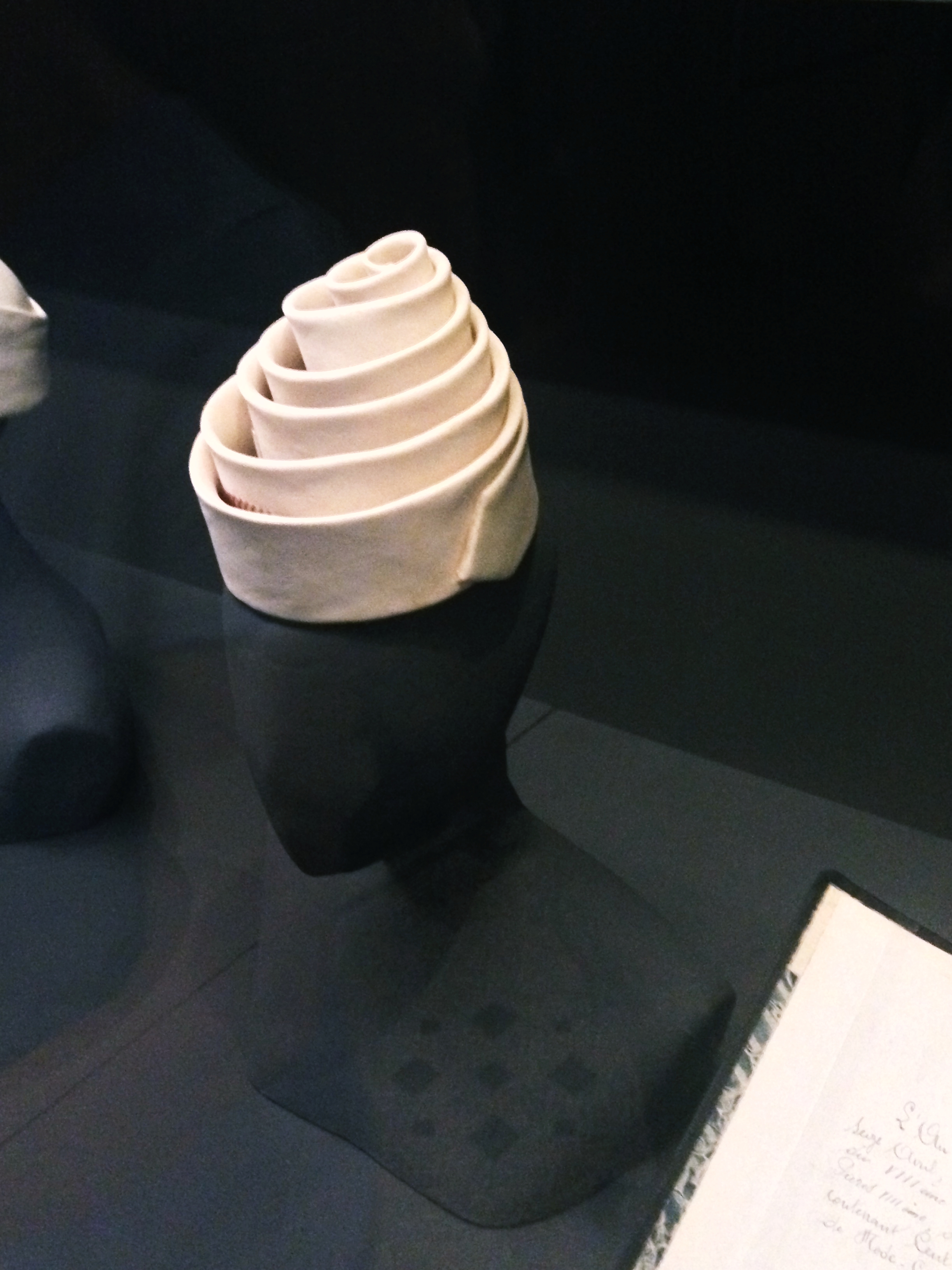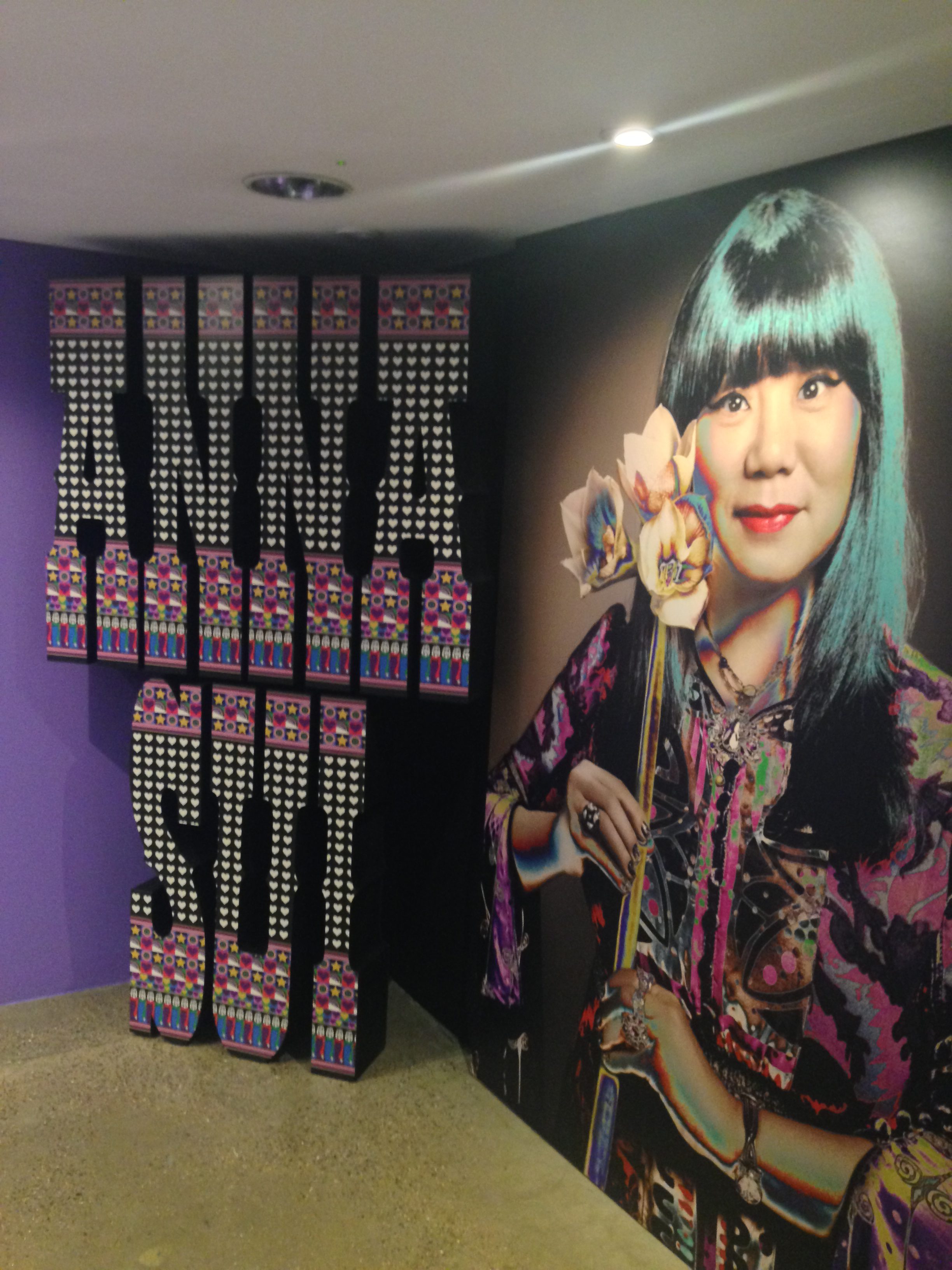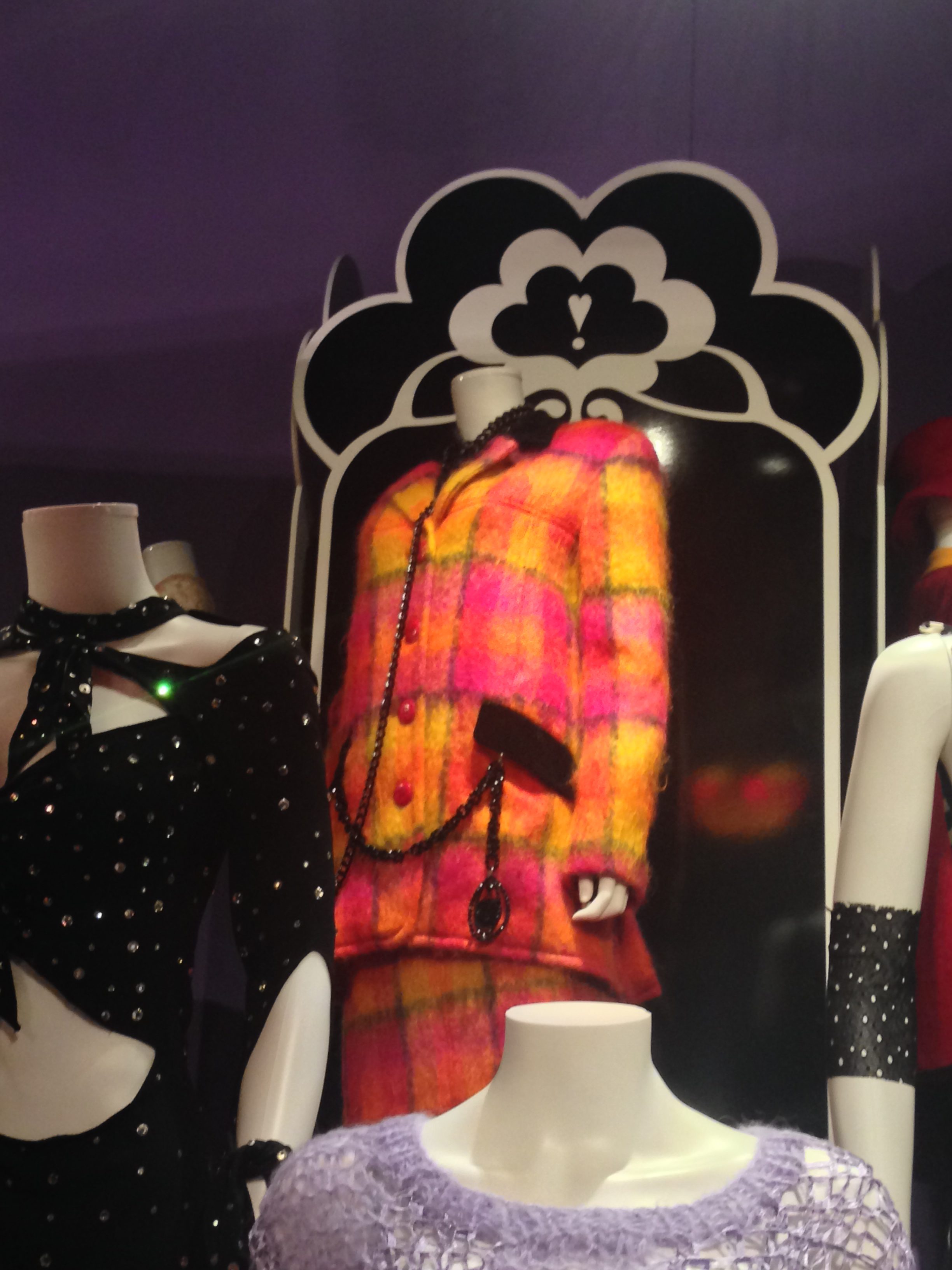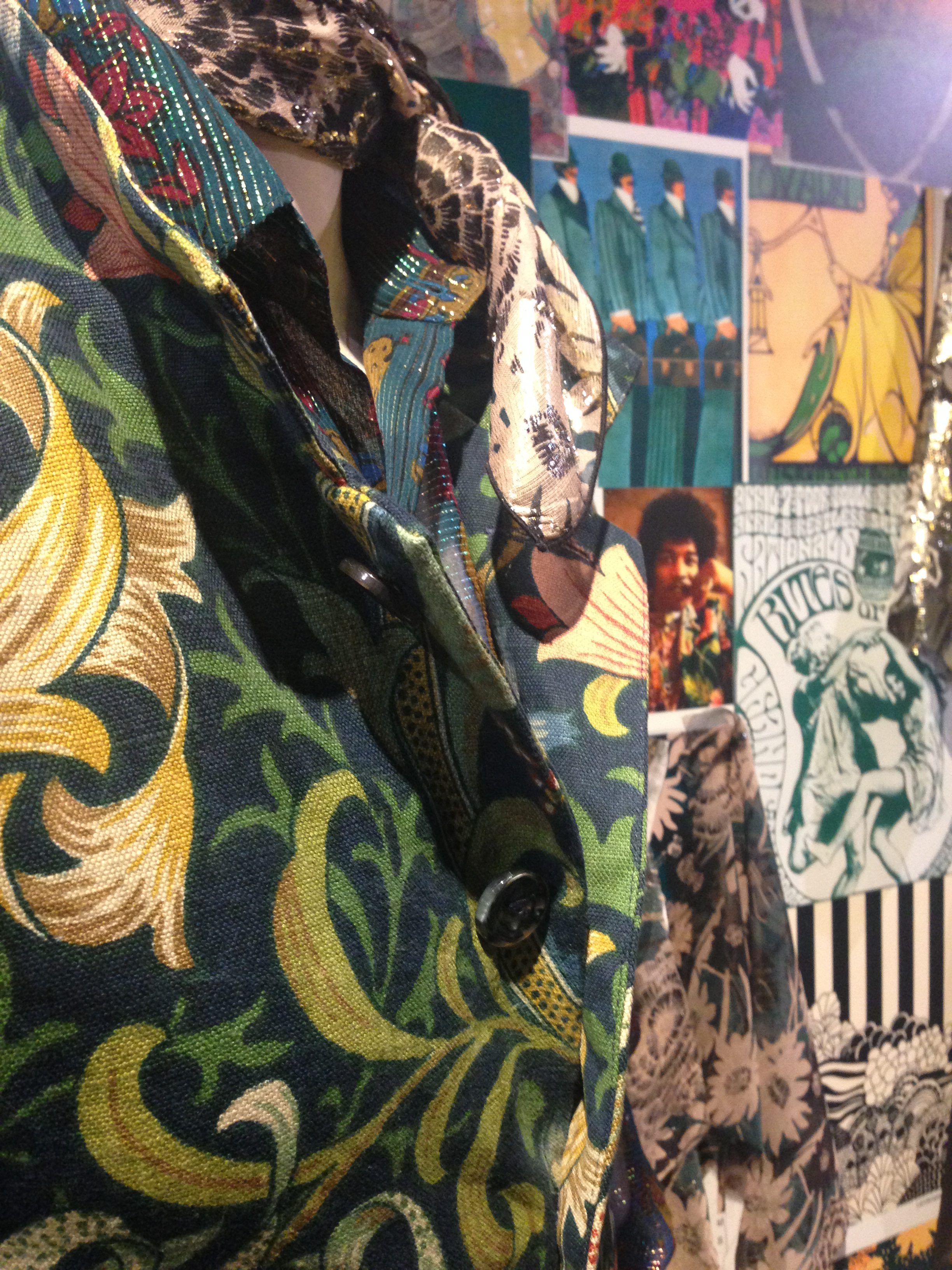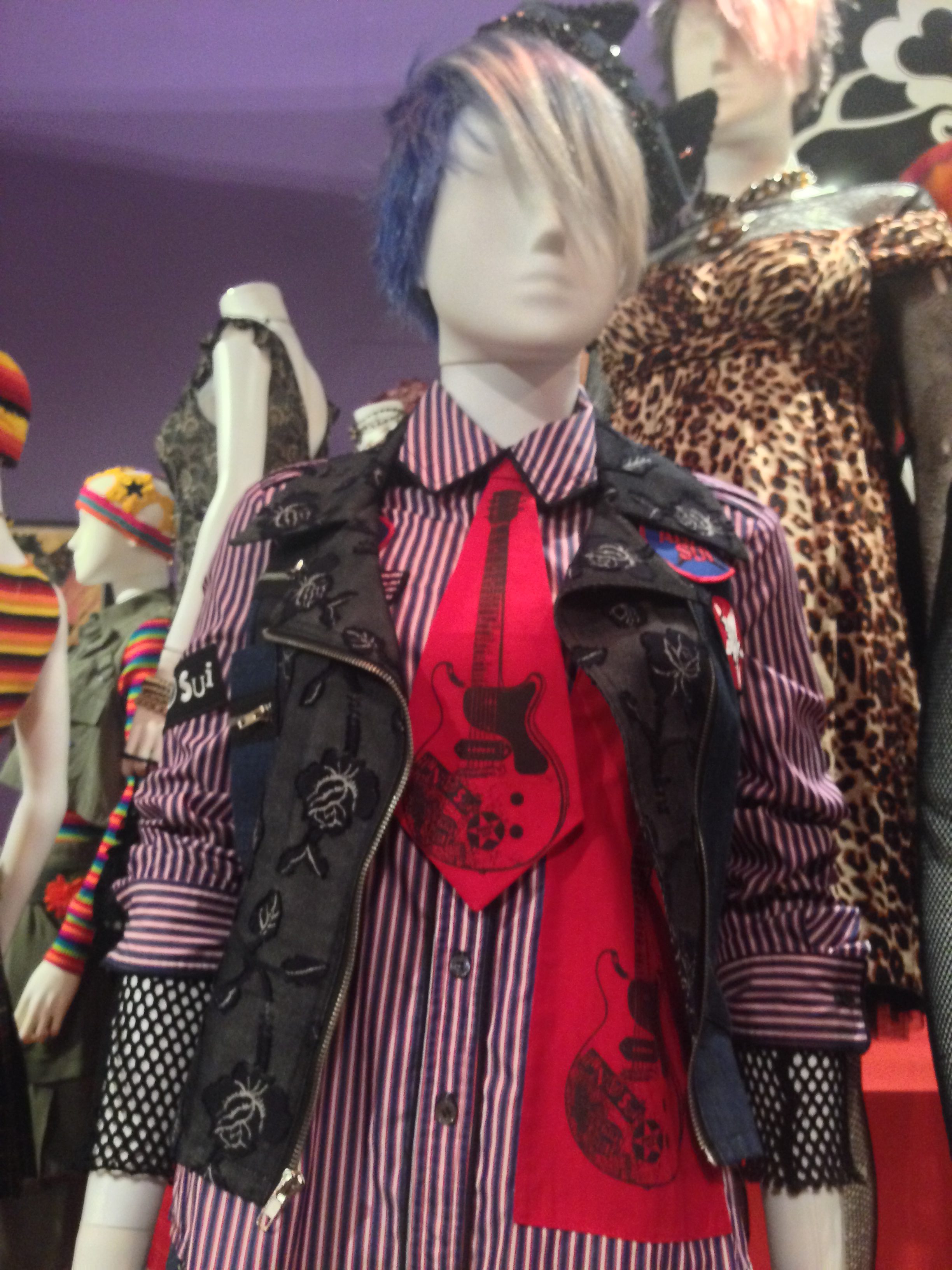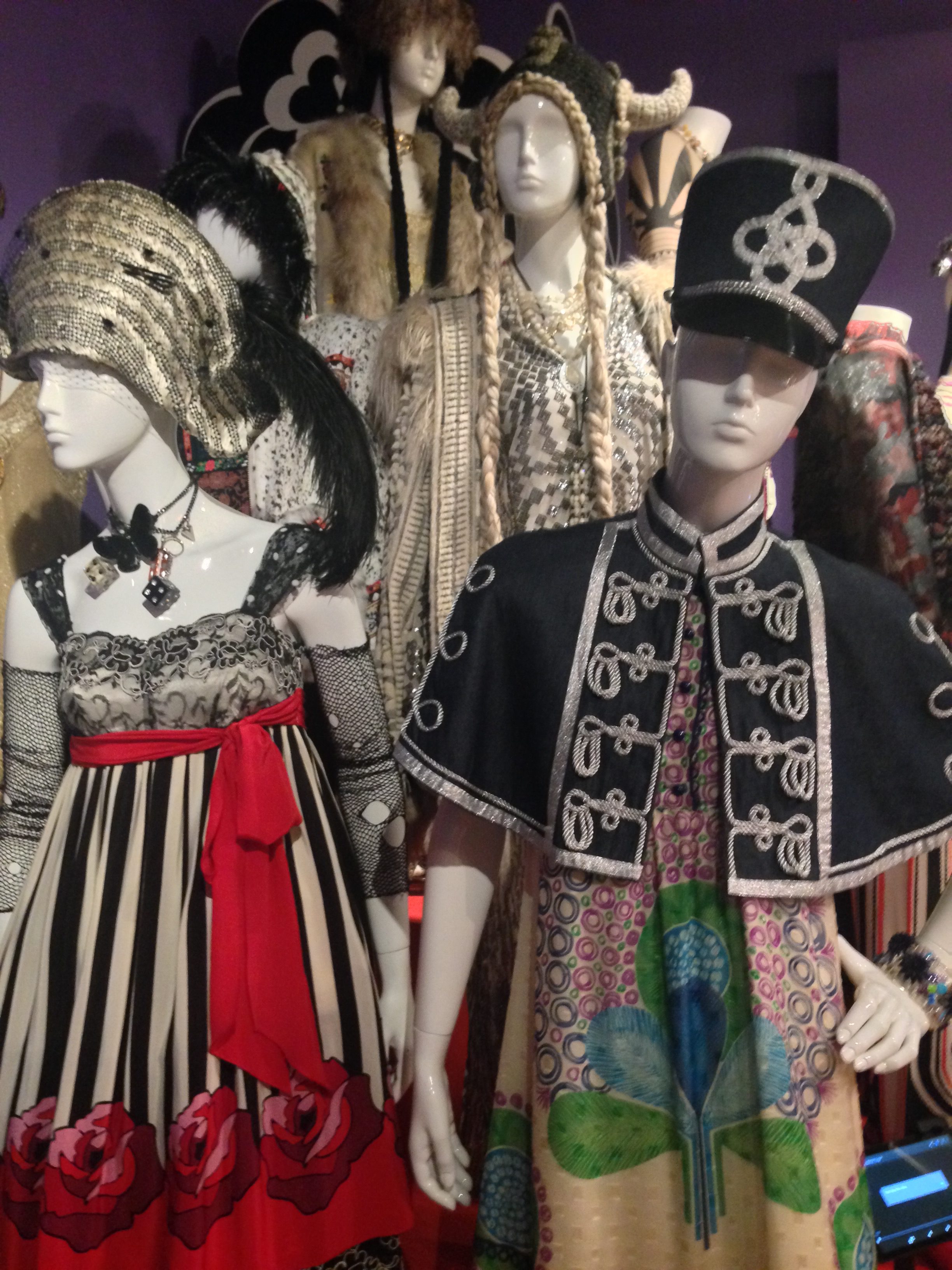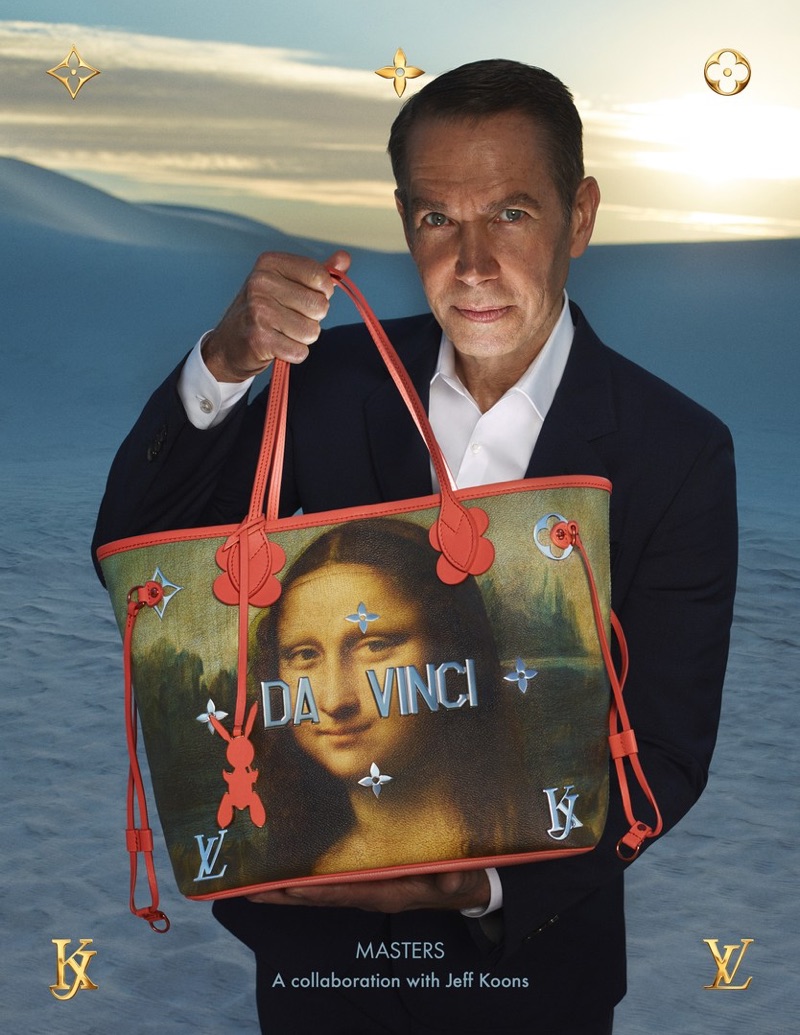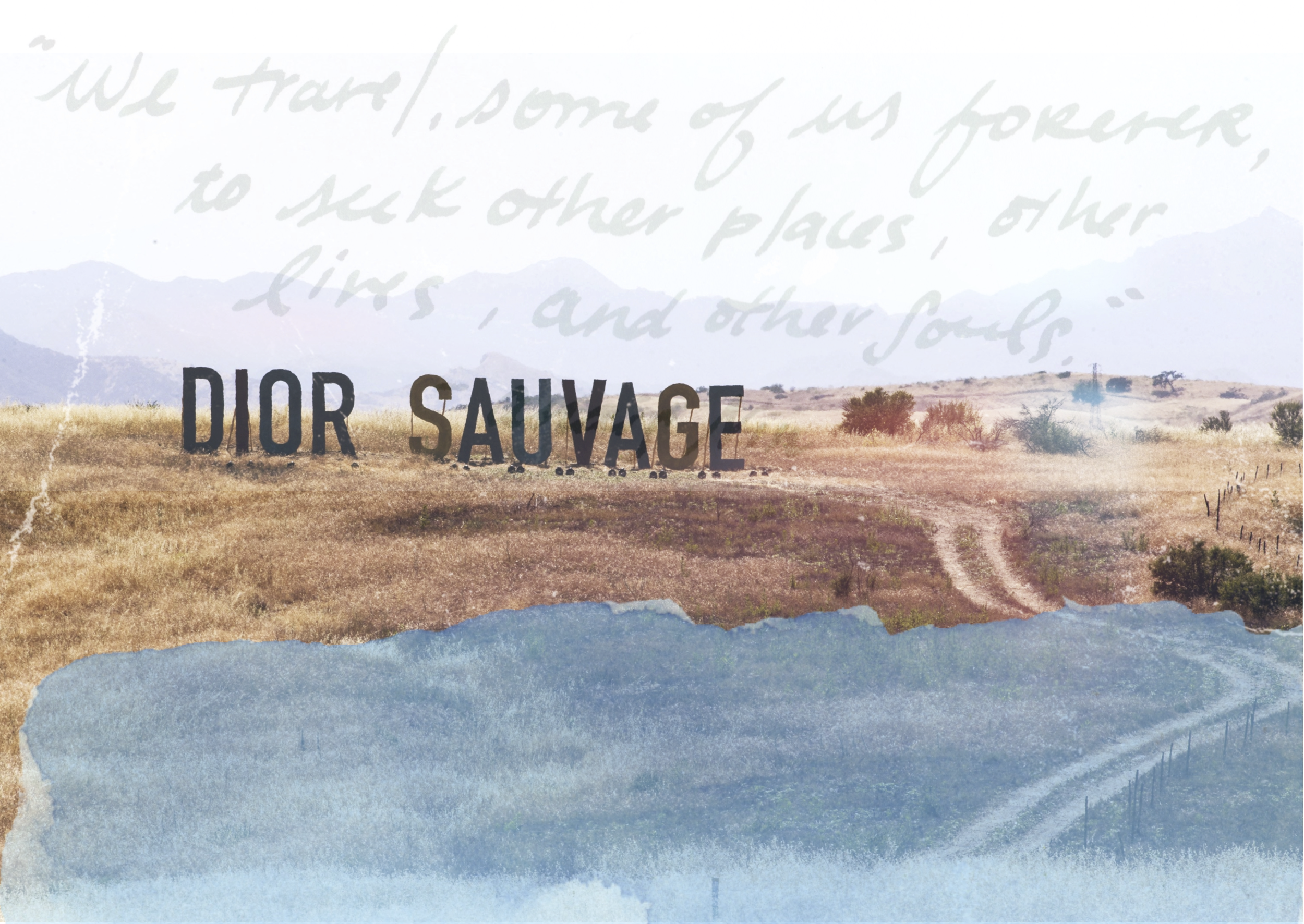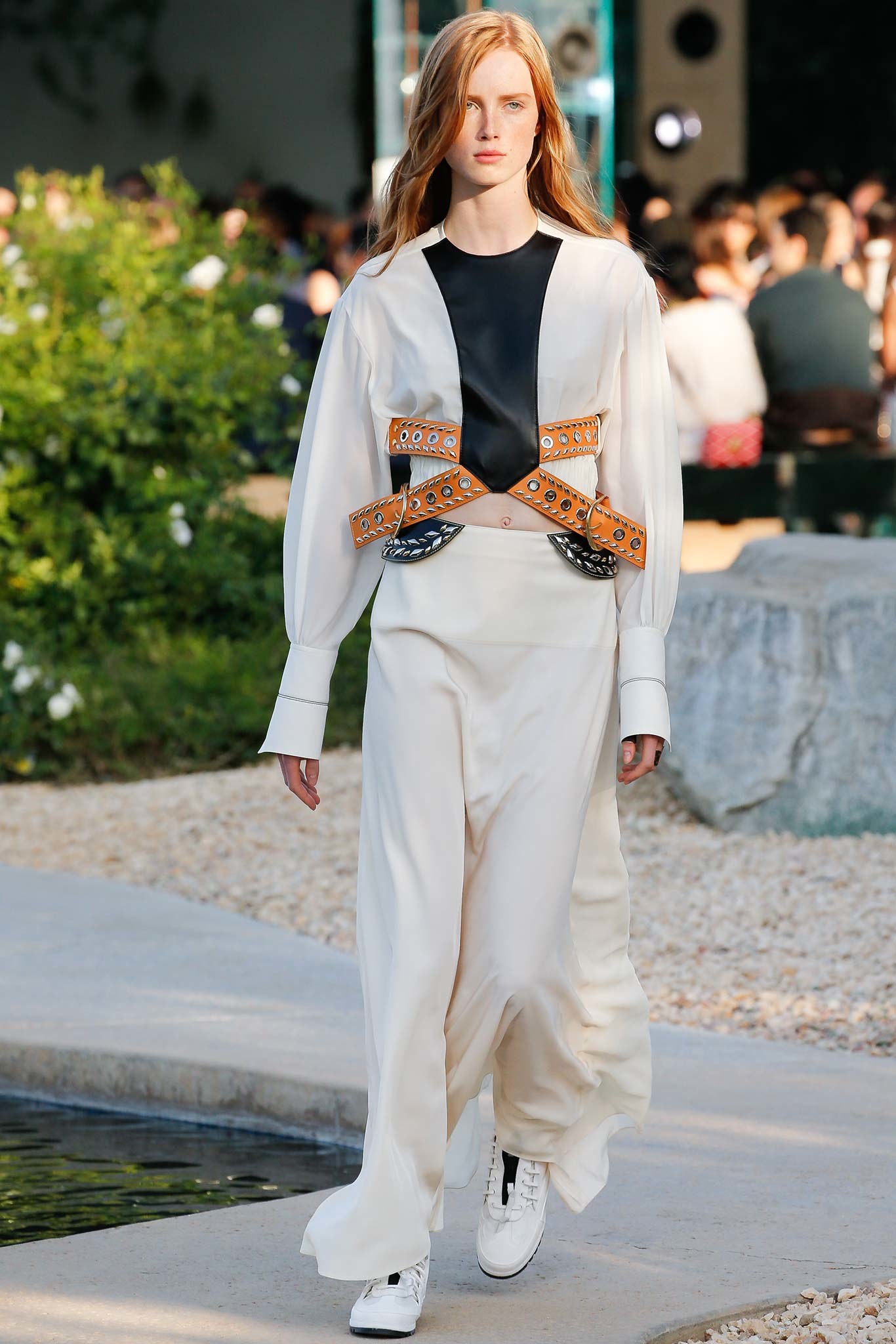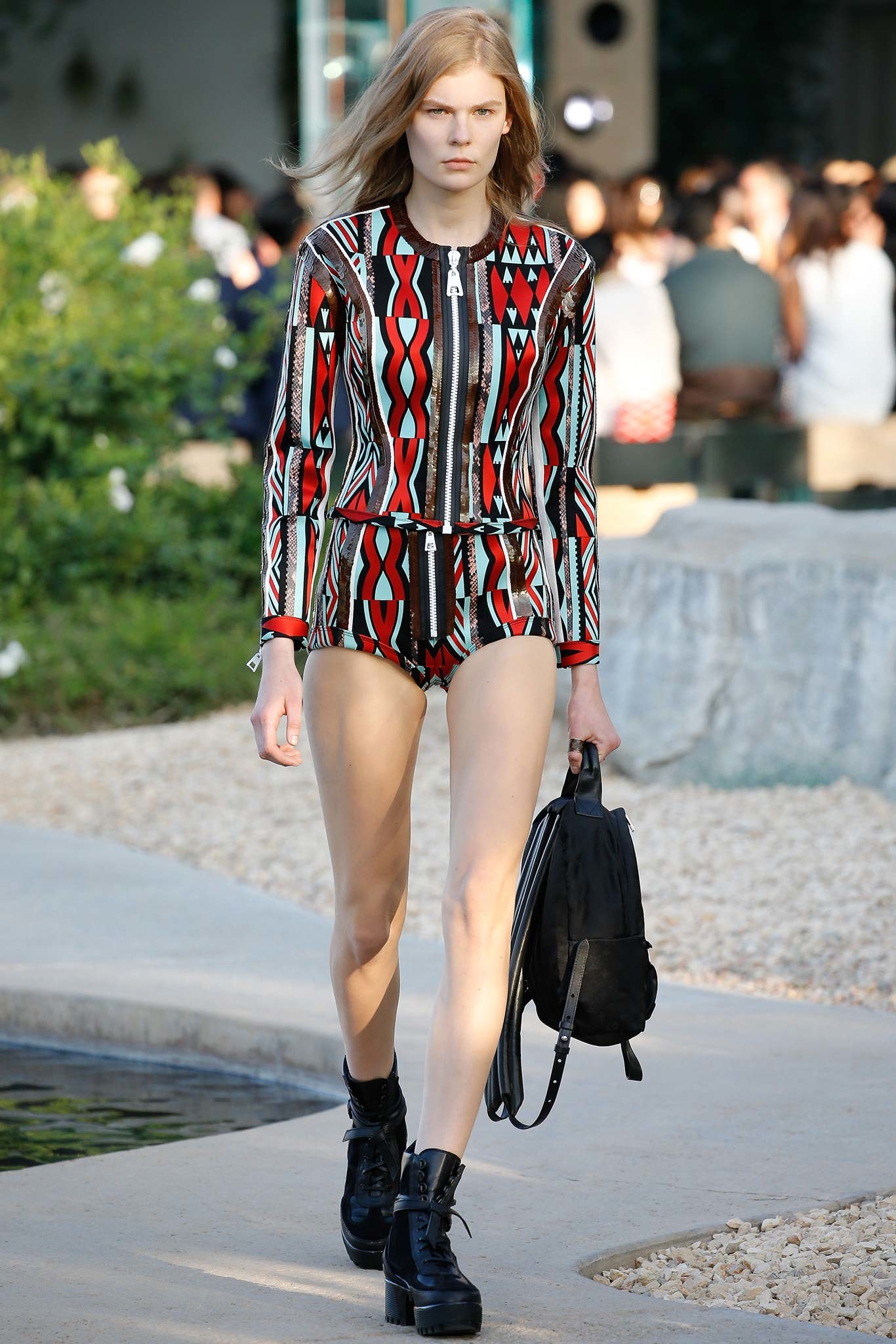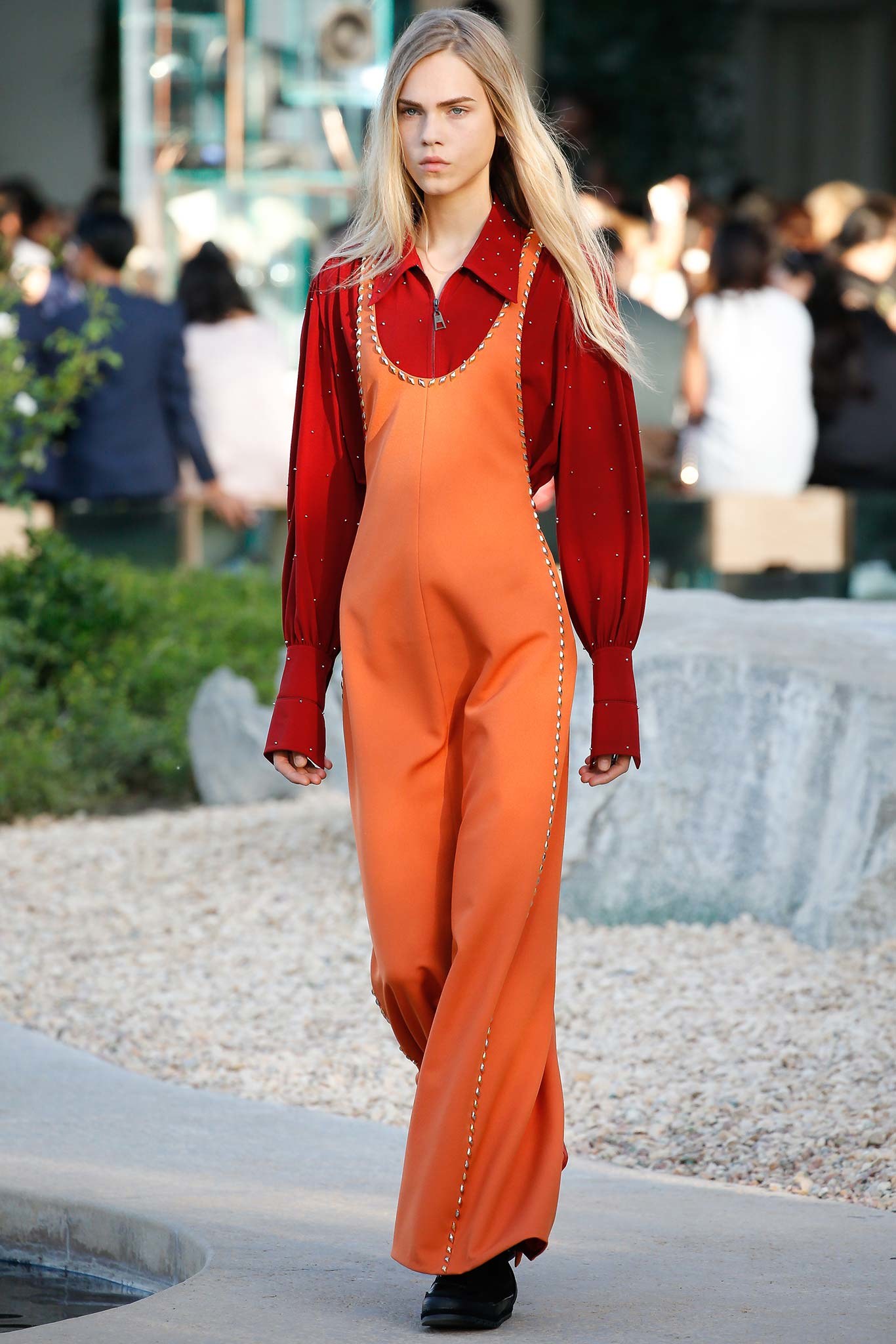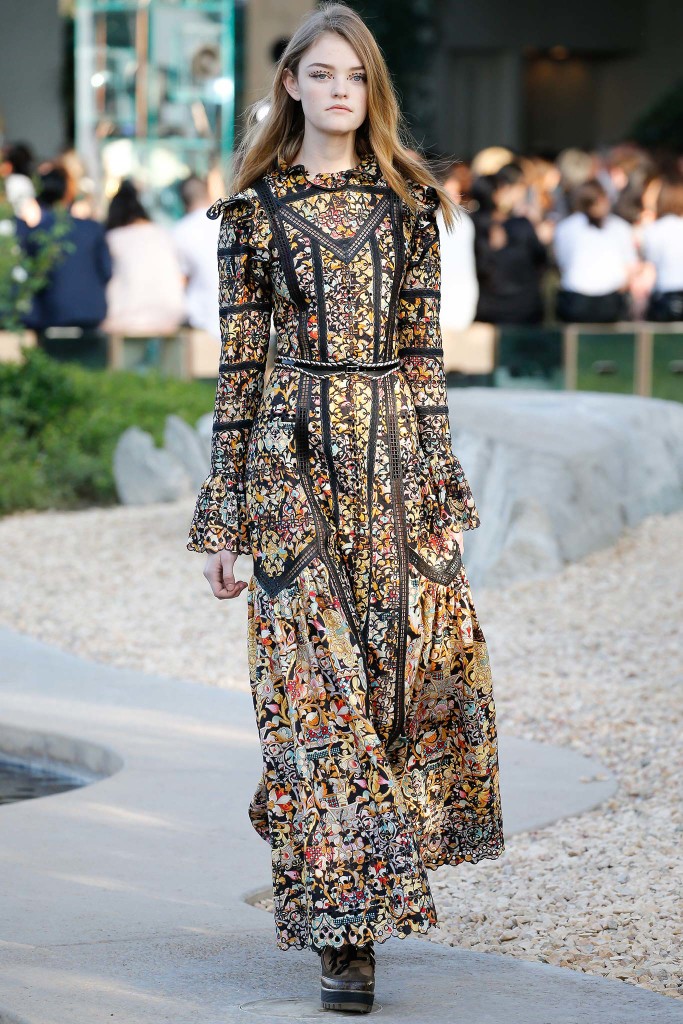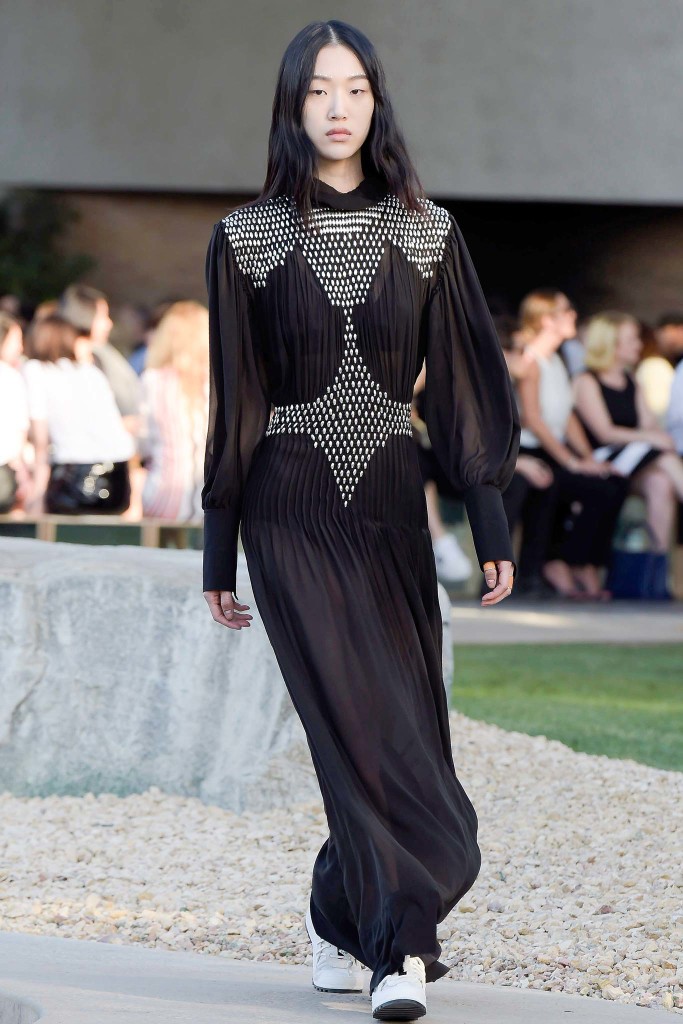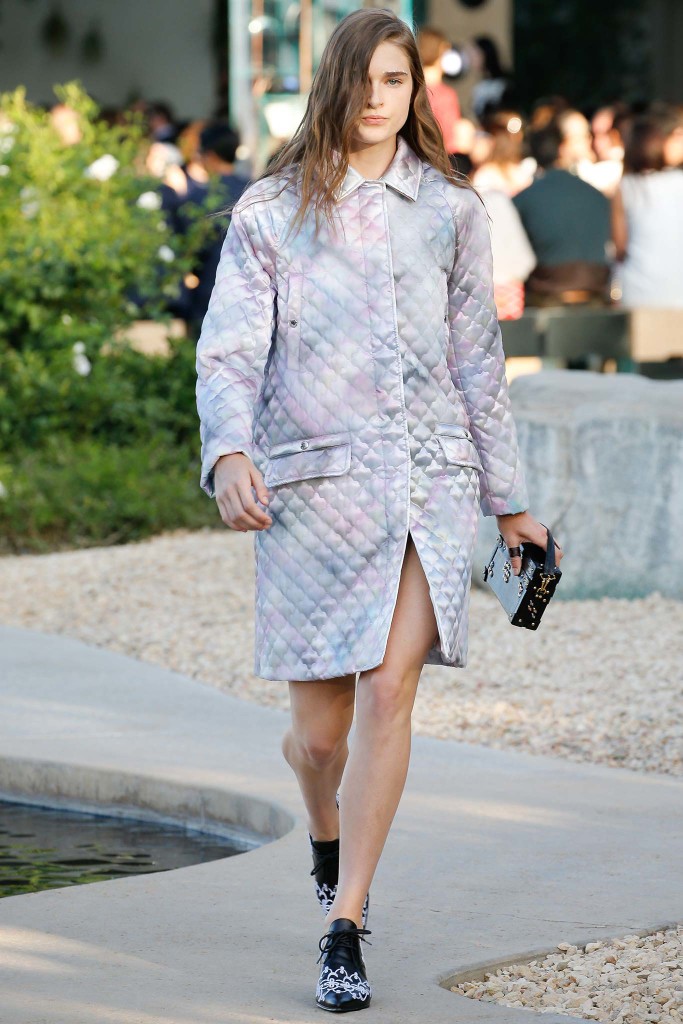[av_slideshow_full size='featured' stretch='' animation='slide' autoplay='false' interval='5' control_layout='av-control-default' src='' attachment='' attachment_size='' position='top left' repeat='no-repeat' attach='scroll'][av_slide_full slide_type='image' id='2749' video='' mobile_image='' video_format='' video_ratio='' title='PARIS FASHION WEEK SS16' custom_title_size='' custom_content_size='' caption_pos='caption_center' link_apply='' link='lightbox' link_target='' button_label='' button_color='light' link1='manually,http://' link_target1='' button_label2='' button_color2='light' link2='manually,http://' link_target2='' font_color='custom' custom_title='#ffffff' custom_content='' overlay_enable='aviaTBaviaTBoverlay_enable' overlay_opacity='0.1' overlay_color='#d65799' overlay_pattern='' overlay_custom_pattern=''][/av_slide_full][/av_slideshow_full][av_one_full first min_height='' vertical_alignment='' space='' custom_margin='' margin='0px' padding='0px' border='' border_color='' radius='0px' background_color='' src='' background_position='top left' background_repeat='no-repeat'][av_masonry_gallery ids='2853,2852,2851,2850,2849' items='5' columns='5' paginate='pagination' size='flex' gap='large' overlay_fx='active' caption_elements='title excerpt' caption_display='on-hover' container_links='active' id=''][av_textblock size='' font_color='' color='']
Day 24- 28
(Our reviews will be posted shortly)
[/av_textblock][/av_one_full][av_one_full first min_height='' vertical_alignment='' space='' custom_margin='' margin='0px' padding='0px' border='' border_color='' radius='0px' background_color='' src='' background_position='top left' background_repeat='no-repeat'][av_image src='http://www.modernmelange.com/wp-content/uploads/2015/09/Dior-e1443888439481.png' attachment='2775' attachment_size='full' align='center' animation='no-animation' styling='' hover='' link='' target='' caption='yes' font_size='' appearance='on-hover' overlay_opacity='0.4' overlay_color='#d65799' overlay_text_color='#ffffff']CHRISTIAN DIOR[/av_image][/av_one_full][av_one_full first min_height='' vertical_alignment='' space='' custom_margin='' margin='0px' padding='0px' border='' border_color='' radius='0px' background_color='' src='' background_position='top left' background_repeat='no-repeat'][av_textblock size='' font_color='' color='']
Day 23
Dior
[/av_textblock][/av_one_full][av_one_half first min_height='' vertical_alignment='' space='' custom_margin='' margin='0px' padding='0px' border='' border_color='' radius='0px' background_color='' src='' background_position='top left' background_repeat='no-repeat'][av_textblock size='' font_color='' color='']
Words cannot describe my admiration for Raf Simon’s work and his creative direction at Dior. He keeps with the label’s rich heritage and addresses the style of the “Dior woman” but always pushes forward, staying in context of the present. Thousands upon thousands of delphiniums decorated the Dior entrance on the Rue de Rivoli, kind of leading us into a magic world. An Alice in Wonderland moment if you will, foreshadowing a collection perhaps at one with nature and with *pure imagination* - cue Willy Wonka singing voice. The show was a much needed breath of fresh air especially now at the tail end of fashion month, where we’ve witnessed the resurgence of the maximalist trend and patterns screaming on top of one another, the race to have the most Instagram likes based on who has the wackiest streetstyle and kookiest key chains, the endless chase of the paparazzi hunting for a shot of Kendall Jenner, show venues only getting bigger, louder, sparklier… In this equation, is the role of the clothing being undermined?
[/av_textblock][/av_one_half][av_one_half min_height='' vertical_alignment='' space='' custom_margin='' margin='0px' padding='0px' border='' border_color='' radius='0px' background_color='' src='' background_position='top left' background_repeat='no-repeat'][av_textblock size='' font_color='' color='']
Simon’s focused on fashion and let the clothing do the talking, not their “retweet” factor. The collection was simple and soft, eloquent whisper in comparison to the flamboyance of other shows. Transparency was also central at Dior, layered on top of scallop-edged doily cotton tops and little shorts looking like light victorian underwear or lingerie if you will (ooh, scandalous!) It was refreshing to see that Raf actually took into account the possibility of warm weather in spring/summer 2016 (unlike many designers we’ve already seen) and we can enjoy these pieces in the great outdoors, maybe even finding ourselves in a field of delphiniums.
The clothing was beautiful. It was pure. Authenticity is possibly one of the greatest challenges for a designer (be authentic to themselves, to the brand, to the inspiration) and Raf seemed to accomplish this with poise.
[/av_textblock][/av_one_half][av_one_full first min_height='' vertical_alignment='' space='' custom_margin='' margin='0px' padding='0px' border='' border_color='' radius='0px' background_color='' src='' background_position='top left' background_repeat='no-repeat'][av_image src='http://www.modernmelange.com/wp-content/uploads/2015/09/Balmain.png' attachment='2774' attachment_size='full' align='center' animation='no-animation' styling='' hover='' link='' target='' caption='yes' font_size='' appearance='on-hover' overlay_opacity='0.4' overlay_color='#d65799' overlay_text_color='#ffffff']BALMAIN[/av_image][/av_one_full][av_one_full first min_height='' vertical_alignment='' space='' custom_margin='' margin='0px' padding='0px' border='' border_color='' radius='0px' background_color='' src='' background_position='top left' background_repeat='no-repeat'][av_textblock size='' font_color='' color='']
Day 22
Balmain
[/av_textblock][/av_one_full][av_one_half first min_height='' vertical_alignment='' space='' custom_margin='' margin='0px' padding='0px' border='' border_color='' radius='0px' background_color='' src='' background_position='top left' background_repeat='no-repeat'][av_textblock size='' font_color='' color='']
Long gone (way gone) are the days of Balmain being the heritage Parisian maison dressing ladies who lunch. Olivier Rousteing is crossing all the boundaries of tradition tearing down the walls of one look, one aesthetic and one girl proven by his diverse range of looks and the fact that he is bringing out a capsule collection for H&M suitable for all price points.
While Balmain celebrates diversity and the individual, there is one common denominator between the dazzling front row and the strutting models: amazonian, fearless, power women.
[/av_textblock][/av_one_half][av_one_half min_height='' vertical_alignment='' space='' custom_margin='' margin='0px' padding='0px' border='' border_color='' radius='0px' background_color='' src='' background_position='top left' background_repeat='no-repeat'][av_textblock size='' font_color='' color='']
Each look is almost tailor made to stand out in any photograph or to be instagrammed #BalmainBeauty #BalmainArmyBurnt.
The collection had an African energy with the spicy burnt oranges, tangy mustards and embellishment of emerald and rich blues. The detail and handwork put into each skirt and dress was extremely impressive, especially the ruffles, sequins, ruffles, open weave, and criscrossing on tight bandeau dressing looking very suitable for any Kardashian. (The family and the label have almost become synonymous).
[/av_textblock][/av_one_half][av_section min_height='' min_height_px='500px' padding='default' shadow='no-shadow' bottom_border='no-border-styling' scroll_down='' id='' color='main_color' custom_bg='' src='' attach='scroll' position='top left' repeat='no-repeat' video='' video_ratio='16:9' video_mobile_disabled='' overlay_enable='' overlay_opacity='0.5' overlay_color='' overlay_pattern='' overlay_custom_pattern=''][av_masonry_gallery ids='2769,2770,2771' items='-1' columns='3' paginate='pagination' size='flex' gap='large' overlay_fx='active' caption_elements='title excerpt' caption_display='on-hover' container_links='active' id=''][/av_section][av_one_full first min_height='' vertical_alignment='' space='' custom_margin='' margin='0px' padding='0px' border='' border_color='' radius='0px' background_color='' src='' background_position='top left' background_repeat='no-repeat'][av_textblock size='' font_color='' color='']
Day 21
Dries Van Noten
Do you remember "Norm Core"? Based on last season and proven this season - minimalism is no more! On point is Dries with an exceptional collection radiating a maximalist vibe with clashing colors, wallpaper patterns, tattoo prints all in decorative fabrics such as lush brocade and rich shot silk. (Clearly, Dries and Alessandro are winning at the zeitgeist and that means means...MORE!) The girls looked like modern day, old school, sophisticated Hollywood Divas also with a slight asian undertone. But let's just have a think. Fashion reflects society. What does it say that fashion today is reminding us of the 1940s..? Turn on the news and it fills you with tears at the state of our world - war, mass migration chaos, uncertainty... How will next season look?
Eccentricity was on par with this 1940's Hepburn-esque (Audrey) glamour, a prime example being the hot pink bra on top of a blouse looking very Gautier-for Madonna-late-80s! The pink however wasn't the only shocking color which stood out: pressed violets, mustard yellows, watermelon, and dark turquoise provided the dated inspiration (1940s) with vivid technicolor where you could almost feel the color therapy.
The sweater vest is back, ruffles are a must for SS16 and sheer is continuing to bask in its pride and glory of being the "it" fabric of the season. Dries delighted us with a flamboyant, fearless, and fizzy collection which we can't wait to wear (maybe not on a beach getaway with the girls but for cocktails, smart/casual, date night, and crazy, go to bed when the sun comes up parties. Cheers to that!
[/av_textblock][/av_one_full][av_one_third first min_height='' vertical_alignment='' space='' custom_margin='' margin='0px' padding='0px' border='' border_color='' radius='0px' background_color='' src='' background_position='top left' background_repeat='no-repeat'][av_image src='http://www.modernmelange.com/wp-content/uploads/2015/09/Jaqu-e1443612182100.png' attachment='2752' attachment_size='full' align='center' animation='no-animation' styling='' hover='' link='' target='' caption='yes' font_size='15' appearance='on-hover' overlay_opacity='0.4' overlay_color='#d65799' overlay_text_color='#ffffff']JACQUEMUS[/av_image][/av_one_third][av_one_third min_height='' vertical_alignment='' space='' custom_margin='' margin='0px' padding='0px' border='' border_color='' radius='0px' background_color='' src='' background_position='top left' background_repeat='no-repeat'][av_image src='http://www.modernmelange.com/wp-content/uploads/2015/09/ExO-e1443612147775.png' attachment='2751' attachment_size='full' align='center' animation='no-animation' styling='' hover='' link='' target='' caption='yes' font_size='15' appearance='on-hover' overlay_opacity='0.4' overlay_color='#d65799' overlay_text_color='#ffffff']EACH X OTHER[/av_image][/av_one_third][av_one_third min_height='' vertical_alignment='' space='' custom_margin='' margin='0px' padding='0px' border='' border_color='' radius='0px' background_color='' src='' background_position='top left' background_repeat='no-repeat'][av_image src='http://www.modernmelange.com/wp-content/uploads/2015/09/A.V-e1443612114300.png' attachment='2750' attachment_size='full' align='center' animation='no-animation' styling='' hover='' link='' target='' caption='yes' font_size='15' appearance='on-hover' overlay_opacity='0.4' overlay_color='#d65799' overlay_text_color='#ffffff']ANTHONY VACCARELLO[/av_image][/av_one_third][av_one_full first min_height='' vertical_alignment='' space='' custom_margin='' margin='0px' padding='0px' border='' border_color='' radius='0px' background_color='' src='' background_position='top left' background_repeat='no-repeat'][av_textblock size='' font_color='' color='']
Day 20
Jacquemus
The collection was dubbed “Le Nez Rouge” - the red nose - referring to the outcome of this summer where the immensely talented designer Simon Porte Jaquemus had been sick and going through personal problems. This troubling and emotional undertone to the collection made the audience feel that this was more a cry for psychological relief or in more colloquial terms a “shrink session”, as symbols including a gigantic red laundry ball, a (real) white horse, a (real) small child, and the (real) designer himself took to the stage - I mean runway!Therefore the season’s leitmotif was a red circle referring to the time of hardship and it sprung up throughout the collection, which was how I would describe like the corporate businessman attire dissected and reassembled (with sometimes even the use of cotton tape) patchworks of crumbled white shirts, sliced half-blazers, and gray cloth of1980’s bland secretary dresses. Some pieces were worn back to front like a grey flannel jacket here worn as a dress, some sideways like tied on white blouses, some shirt dresses slipped on completely restricting the movement of arms (a motif of a suit was outlined on this like a forensic outline - does this mean the suit restricts freedom?)“You know, my collections are normally about the South of France and the beach and happy things? Well, now the Jacquemus girl is not smiling,” the designer declared after the show. We hope she will soon.[/av_textblock][/av_one_full][av_social_share title='Share this entry' style='' buttons='' share_facebook='' share_twitter='' share_pinterest='' share_gplus='' share_reddit='' share_linkedin='' share_tumblr='' share_vk='' share_mail=''][/av_social_share][av_comments_list]
